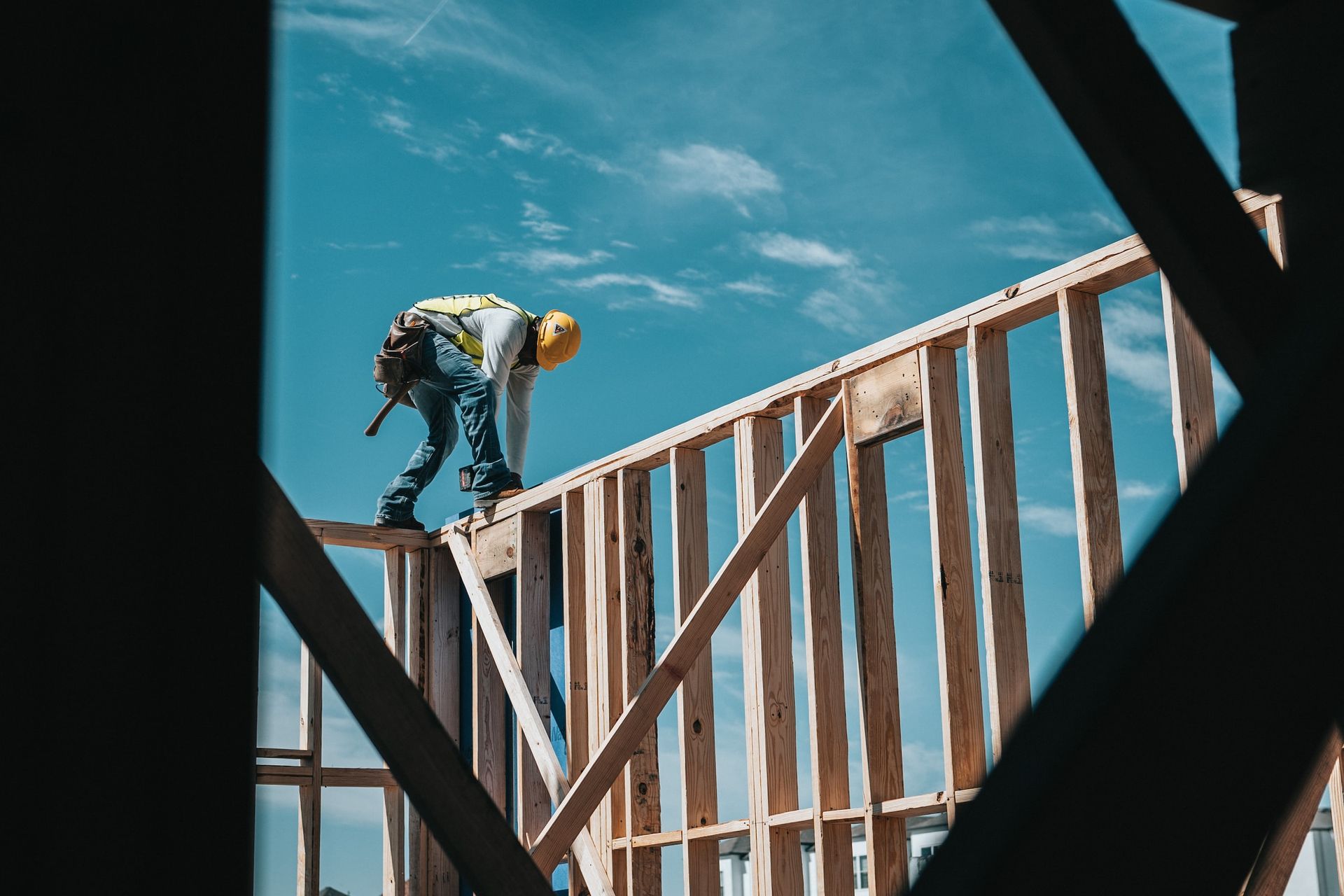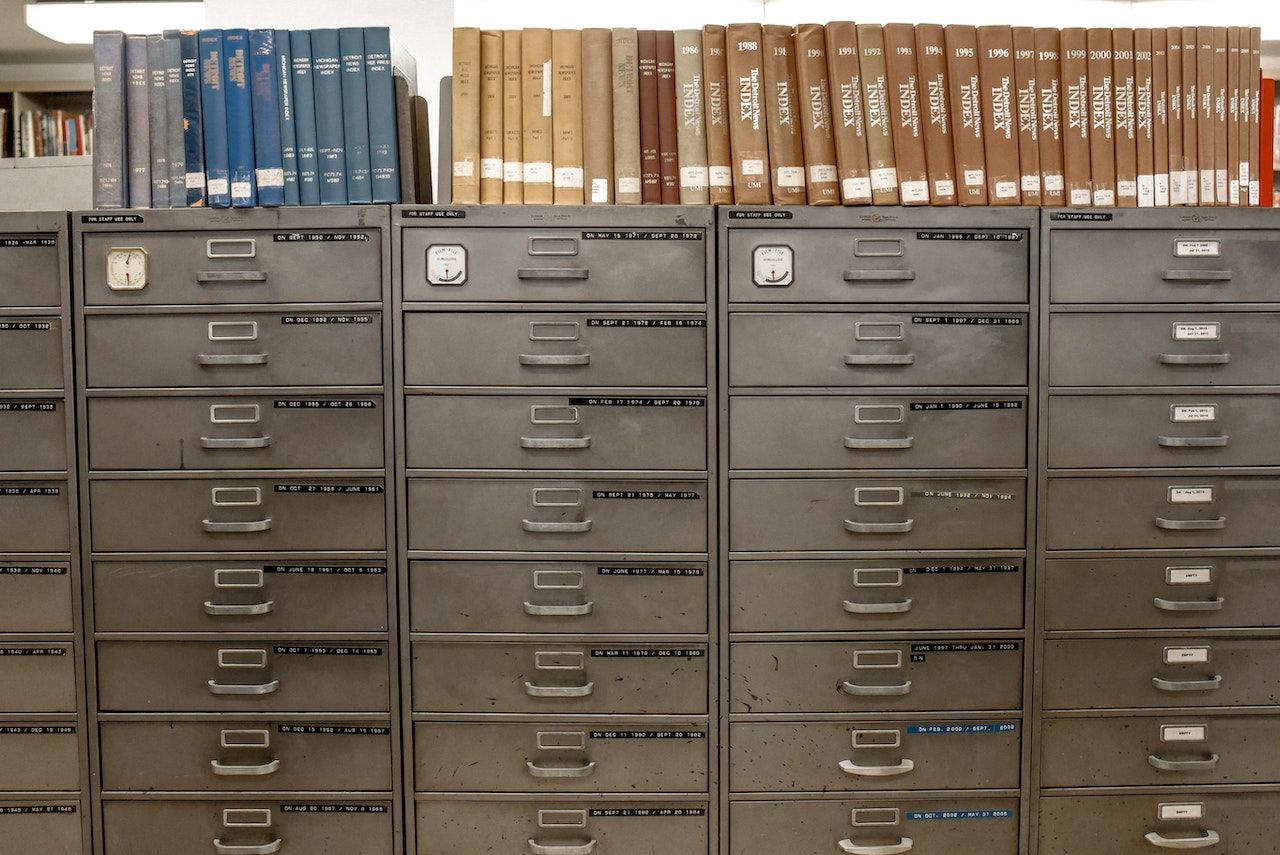Predicting Hurricane Isaac
BeckyStrause
This morning Isaac hit New Orleans, 7 years to the day after they dealt with Katrina. The levee isn’t the only new thing being used to lessen the effects of the hurricane. The supercomputers Louisiana used to simulate Katrina have been upgraded over the past 7 years. The computer models help to inform emergency planners what roads will flood and neighborhoods cut off.
In 2005, Louisiana used computer models with as many as 300,000 “nodes” and it took six hours to run a simulation. Now simulations with some 1.5 million nodes can be completed in 1.5 hours. The computers are being run at the Louisiana State University’s Center for Computation and Technology.
The nodes are able to be concentrated in certain areas where the analysis is needed, enabling them to adjust the detail to 10 meters on in some inland areas. Robert Twilley, an oceanographer and executive director of the Louisiana Sea Grant Program says of the computers, “They are being used to help determine the best staging areas for positioning people and supplies needed for the recovery.”
“They can look down at neighborhood scale and say ‘on this street along the levy we’re going to have water this high,’ and plan accordingly,” says Casey Dietrich, a post-doctoral researcher at the Institute for Computational Engineering and Sciences at University of Texas in Austin.
Comparing the capability today with that at the time of Katrina, Dietrich said: “I think we have a very strong understanding of how hurricane wave storm develop and how they can threaten a coastal environment.” With the capability of prediction technology like this, areas like New Oreans that susceptible to natural disasters have more hope of surviving them then ever before.
Source: ComputerWorld











